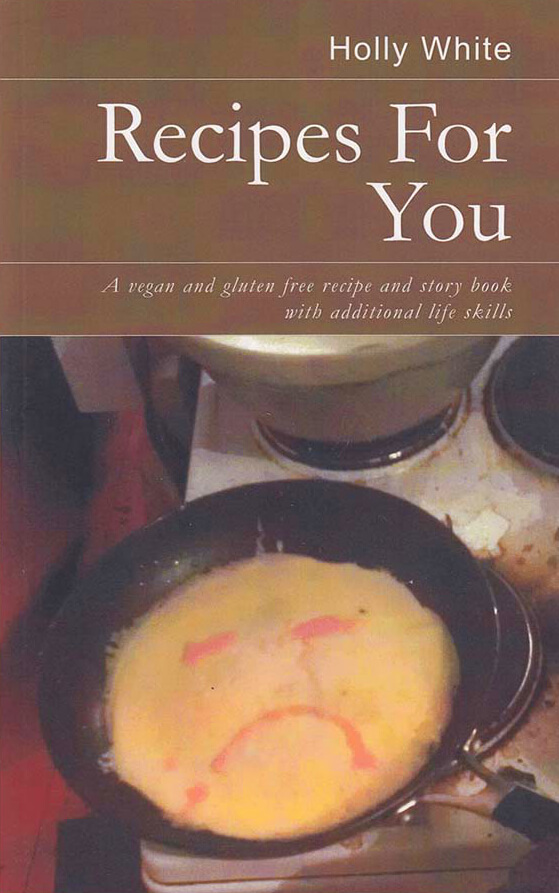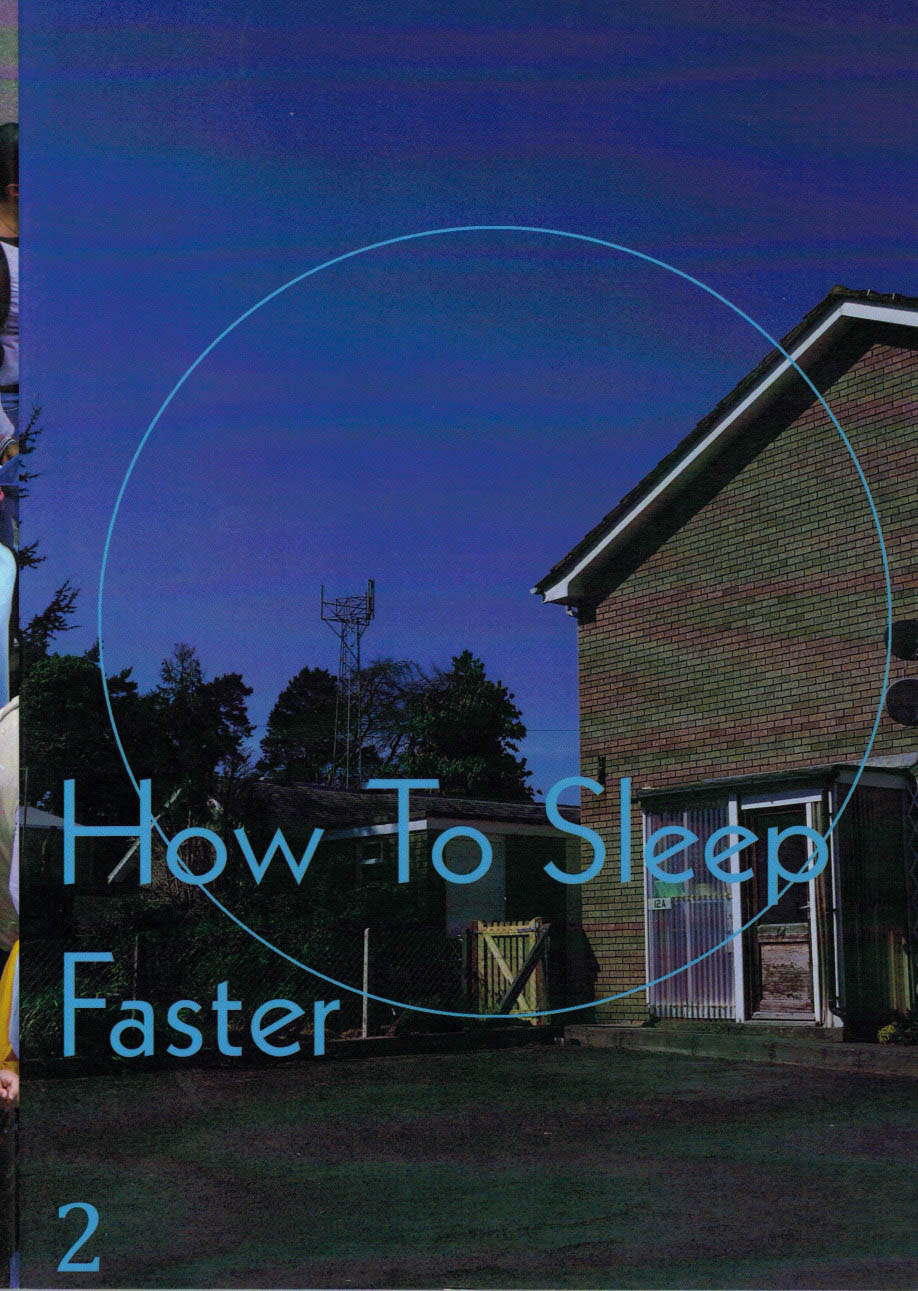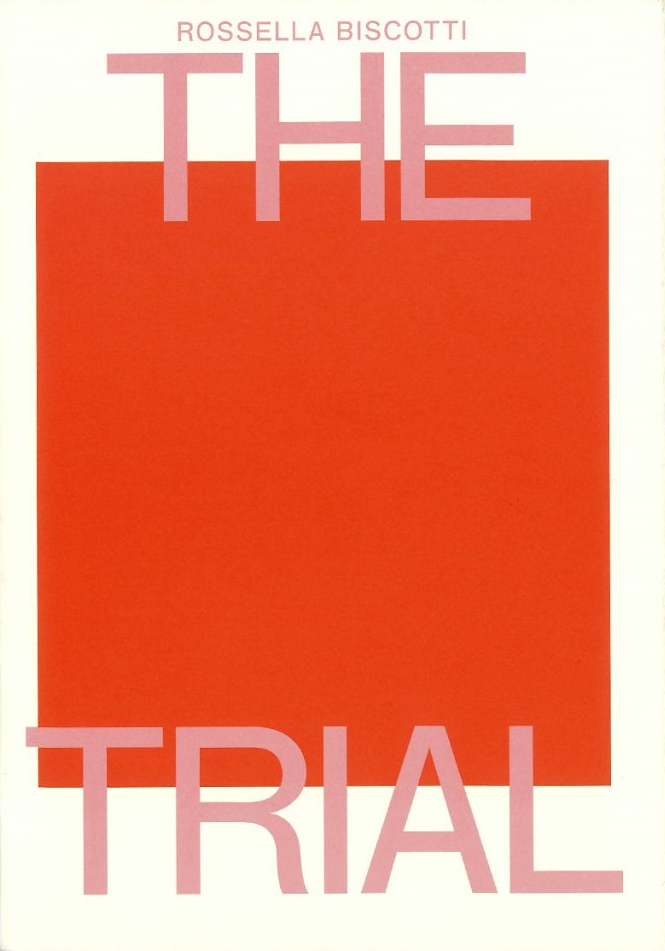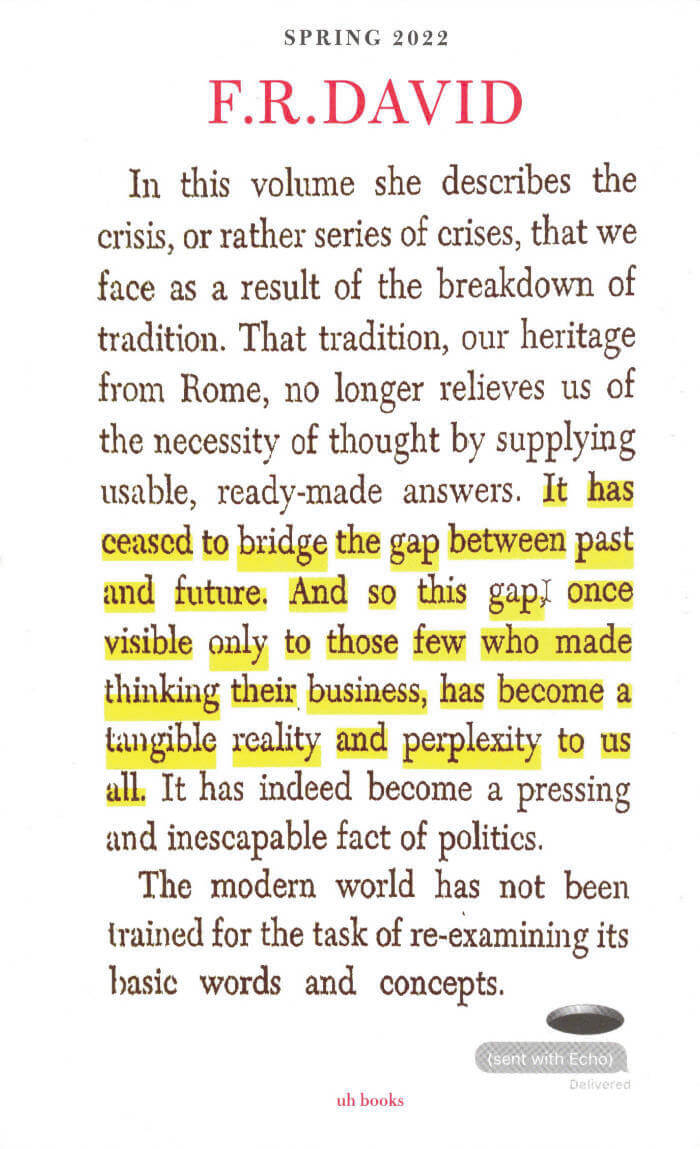
Recipes For You
Recipes for you: A vegan and gluten free recipe and story book with additional life skills is a new cookbook and survival guide by artist Holly White. Rather than selling an aspiration, the book looks honestly at our conflicted relationship with consumption. White intersperses recipes and self-sufficiency notes with prose, as the contributions collected on her food blog (http://holly-white-food.tumblr.com/) spark imagined and remembered references and memories.
Language: English







